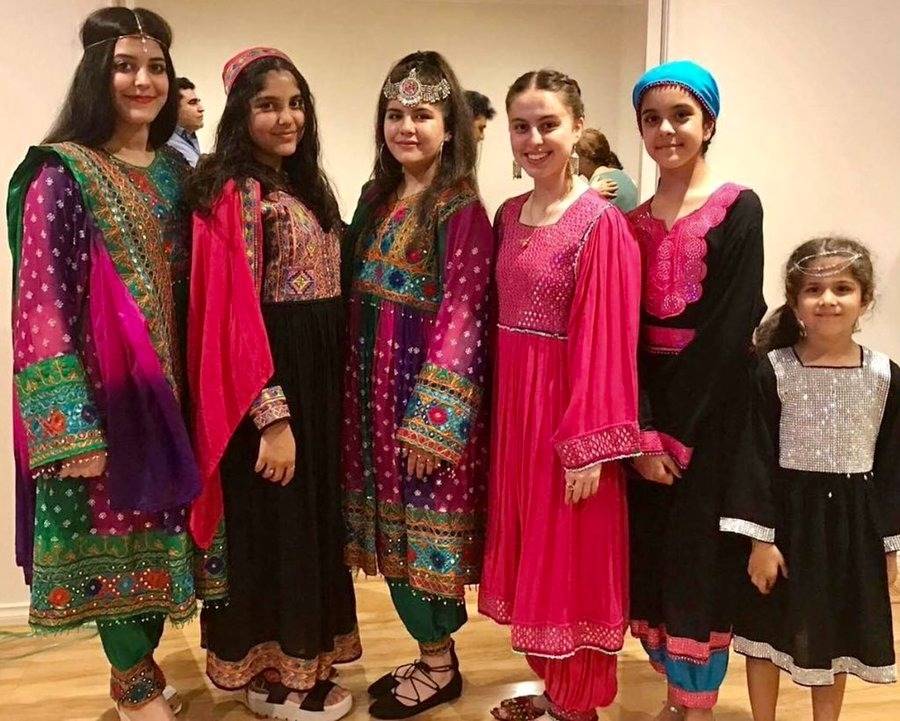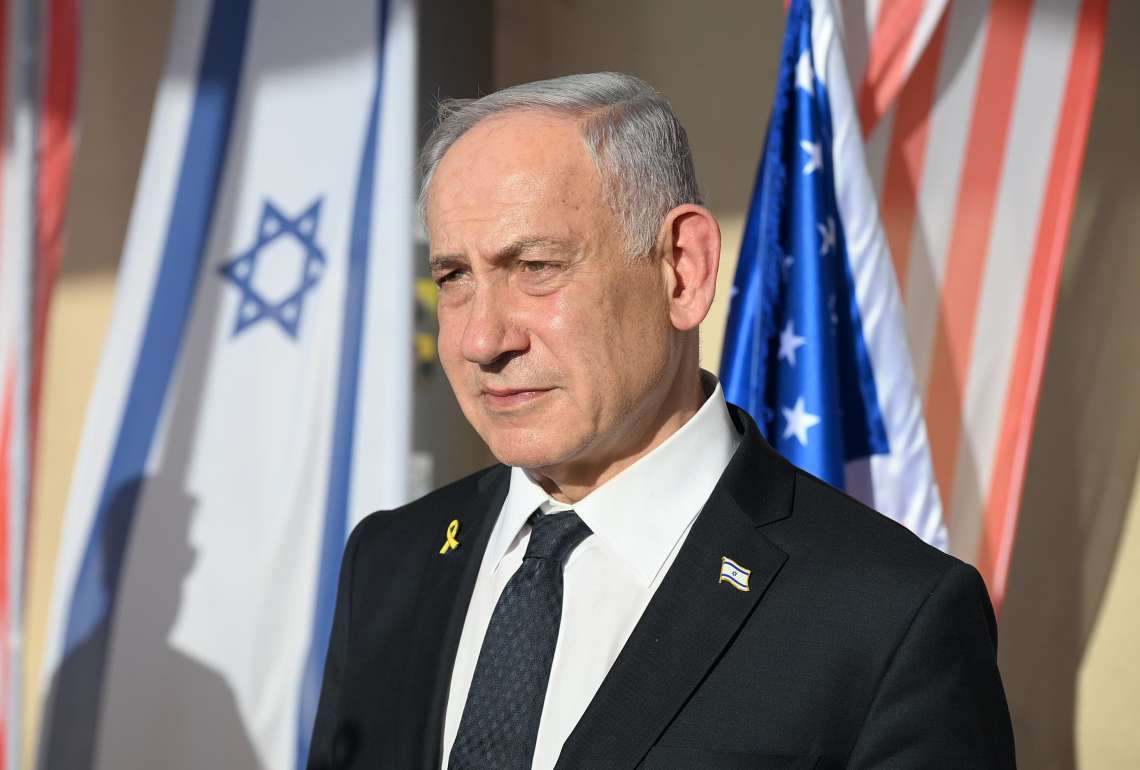India is an exemplary democracy despite being one of the most diverse countries in the world. In India various communities belonging to different cultures, religions and tribes with different faiths, languages, cuisine and dressing sense live peacefully and amicably
The ongoing Hijab controversy in the Indian state of Karnataka is being blown out of proportion. There are two distinct reasons behind it. First, many people in the world do not exactly know what the Indian nation and culture stand for. Second, because there are inimical forces who intend to sully the image of India as a pluralist, peaceful and progressive democracy.
India is an exemplary democracy despite being one of the most diverse countries in the world. In India various communities belonging to different cultures, religions and tribes with different faiths, languages, cuisine and dressing sense live peacefully and amicably. India has given space to diversity and nurtured it through the ages and promoted cultural exchanges and intermingling while allowing them to maintain their uniqueness. India’s religious philosophy is underlined by a deep sense of humanity as epitomised by “Sarve Bhavantu Sukhinah; Sarve Santu Niramaya” (Let all of us be happy; let all of us be healthy) and “Vasudhaiva Kutumbakam” (The world is one family).

When India became independent, the state makers in India were not interested in establishing hegemony of the majoritarian state and a social hierarchy based on it. The constitutional ideals of India were based on the principles of freedom, justice, equality and modernisation. It made space for great religions of the world, some of which originated in India such as Buddhism, Jainism, Sikhism and above all Islam. Rather than fighting a religious war, Indian society preferred mutual co-existence and assimilation among religions and cultures.
The decision of a college about dress code prohibiting Hijab is not intended to interfere with the faith of Muslim community. It should be seen as part of efforts to “make a cohesive nation” through bigger and creative platforms like colleges and schools. These educational institutions seek to create “commonality” through similar dress, syllabus and equal opportunities including extra-curricular activities. Colleges and schools try to develop a collective choice amid diversity and pluralism of India, and that, without any use of force. The Muslim women and girls are free to wear their religious symbols till they are in open public space as they were doing from several centuries. While they come to educational institutions, they are needed to comply with common dress code, which they have been doing for long without any objection. The scraf or Hijab controversies have been cropping up more often in the recent times because it is believed that some people are trying to radicalise the Muslims in general and girls in particular for their own dividing game.
The Indian educational institutions intend to modernise youth by providing them a secular platform in line with the Indian constitution to facilitate free exchanges and interaction beyond their religious or social affiliations. The idea of using symbols like similar dress code and syllabus along with inter disciplinary approach in the educational institutions aims to avert creation of enclaves among the student community, which impede the process of healthy and progressive exchanges and discourses. It also gives each student a sense of togetherness, equality and belongingness to the institution and society.
Without deliberate efforts and incentives, it is difficult to make a nation cohesive, especially when there is immense and otherwise insurmountable diversity among the communities. Unlike countries in our neighbourhood and many parts of the West Asia, India does not use brutal force to compel people to comply with primordial and fundamentalist notions of religion and culture. Instead it offers common platforms such as educational institutions and even public offices where the citizens of the country are advised to display some “modern” and “common” sense of get-up, outlook and dressing. It is never found inconvenient till somebody tried to exploit it for identity politics, polarisation and divisive objectives. Educated and grown up people avoid getting trapped, but the uneducated and immature youth may be sometimes drawn in the senseless imbroglio.
It is a matter of envy for most of the modern democracies of the world how India could be liberated from the remnants of all kinds of racialism and slavery despite being one of the most ancient cultures. Firstly, it was possible because India provided freedom of cultural and religious exchanges and intermingling, apart from essential churning required for religious reforms. While religious reforms helped India to progress ahead of primitive and medieval modes of life and socio-economic organisation, Sufism created a platform for uniting, refining and reinventing the religions and its purpose. Sufism tried to establish that all religions in the end are about making human life happy and blissful. Unlike other countries of the world, Indian religions had never been like dead weight philosophies anchored in fundamentalism. Indian religions grew and evolved overtime through reinventing and reforming them to remain relevant with the progress of time.
Secondly, India adopted a constitution, which respects human rights and freedom above everything. India promoted scientific temper overtime and gave up most of the superstitions and obsolete practices in the name of religion and still making efforts to contemporaries the religions through open discussions and interactions, apart from constitutional processes. An obnoxious, primordial and unjust practice of Triple Talaq was abolished by law in India to safeguard the interest of Muslim women. Government did not mind flak from critics and remained firm on the principles of justice and equality.

India remains committed to both Sanatan Dharma (Eternal Religion or Duty), which was liberal and benevolent and aimed at maximum happiness for the mankind and a progressive constitution based on the principles of liberty, equality and justice. It is because of this that Sir George Abraham Grierson, the great linguist wondered how a nation can remain a cohesive unit with more than 360 languages and dialects. He could have been surprised even more with the statistics of the Registrar General and Census Commissioner of India contending that more than 19,500 languages or dialects are spoken in India as mother tongue. Even more surprising a fact for many is that more than 25 million Indians speak at least one regional language other than Hindi as their mother tongue including Bengali, Telugu, Marathi, Tamil, Urdu, Gujarati, Kannada, Malayalam, Odia and Punjabi. The 28 states and 8 union territories have their own languages, clothing, cuisine and look, but the Indian constitution binds them together with highest respect for their individual faiths. India remains one because it intends in its words and deeds to be so supported by a progressive society and its institutions.
India is a successful example of creation of a nation-state without having to homogenise different community identities into a standard type. Instead the constitution of India makes exemplary space for individuality. Indian constitution’s soul could be understood by the words, with which its preamble starts, that is, “We, the people of India.”








